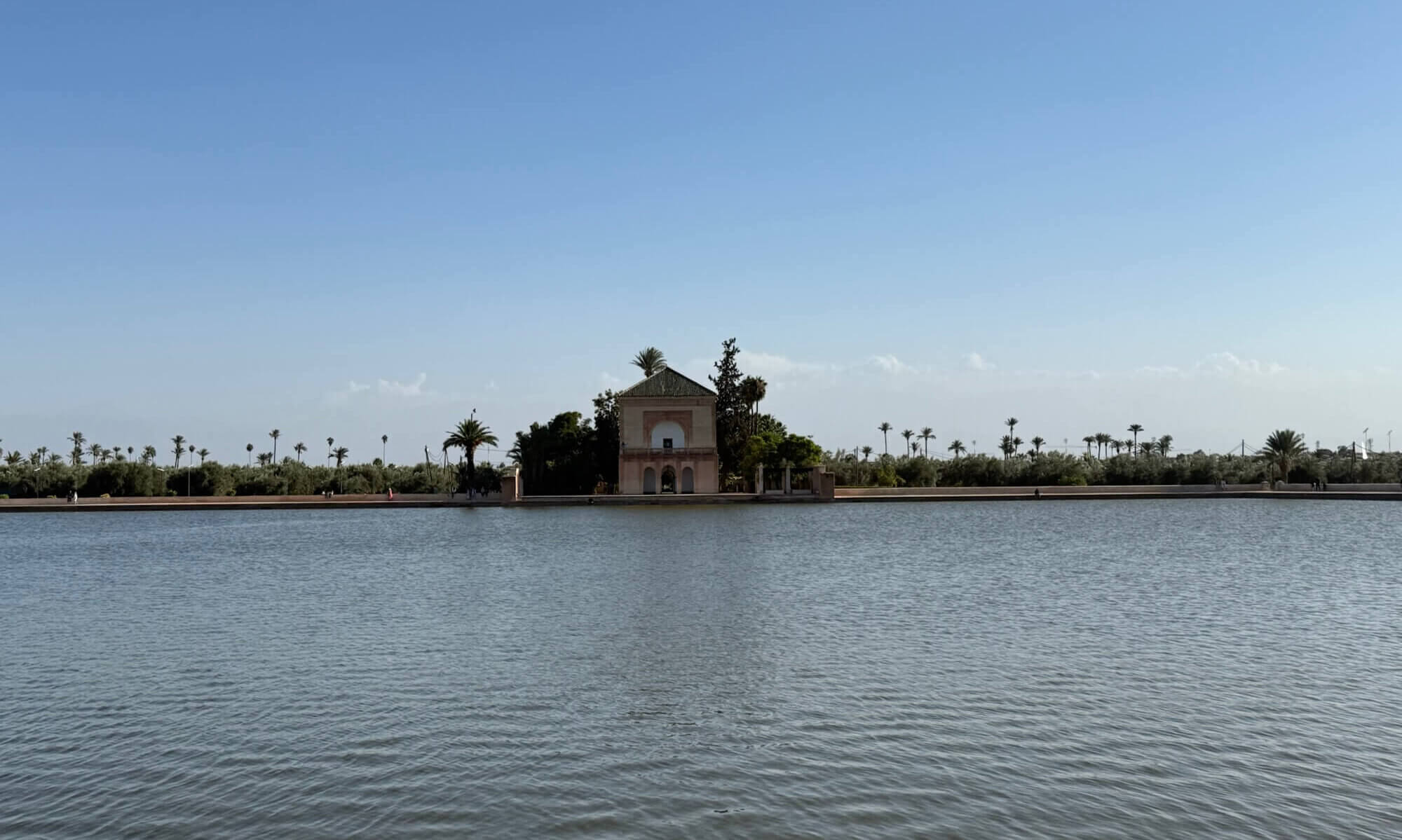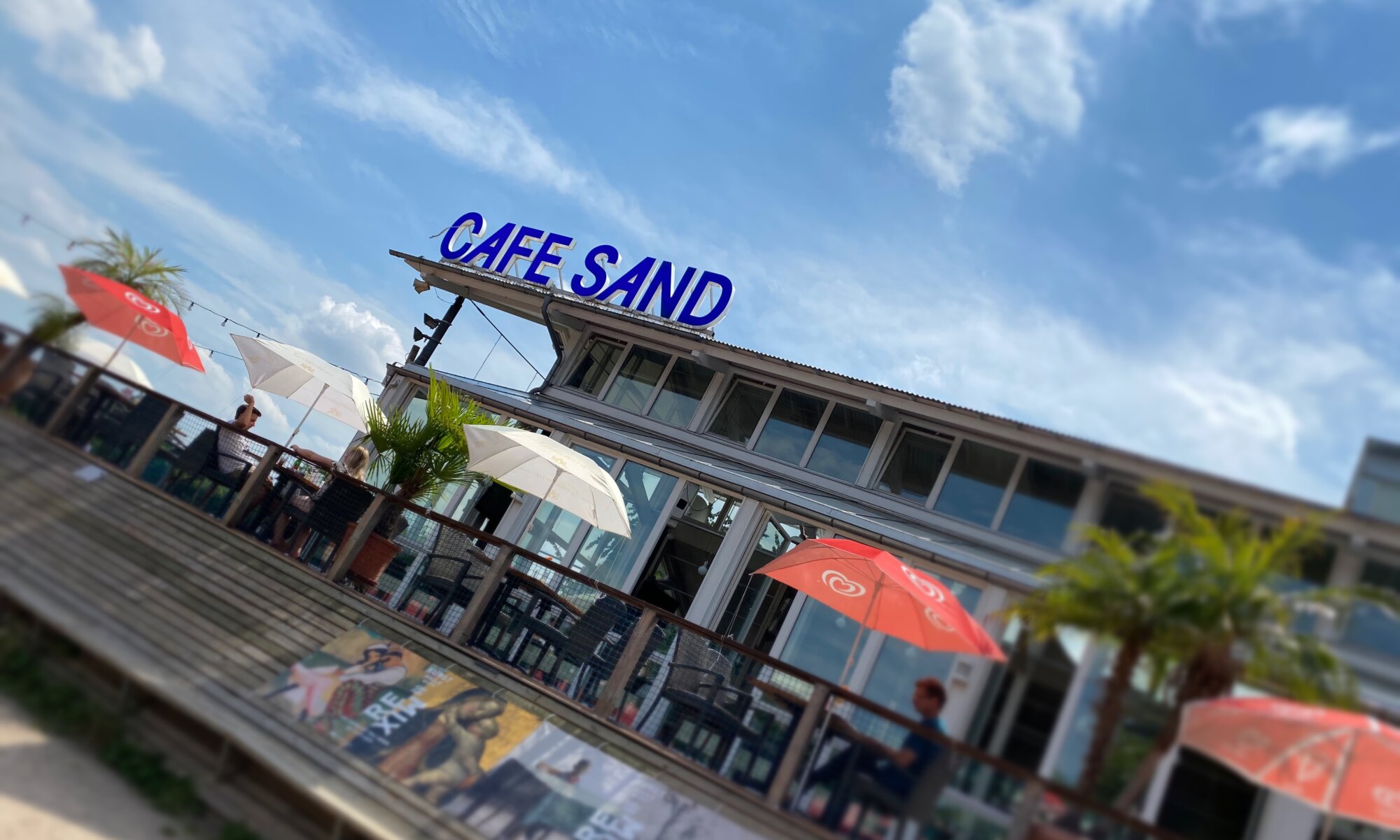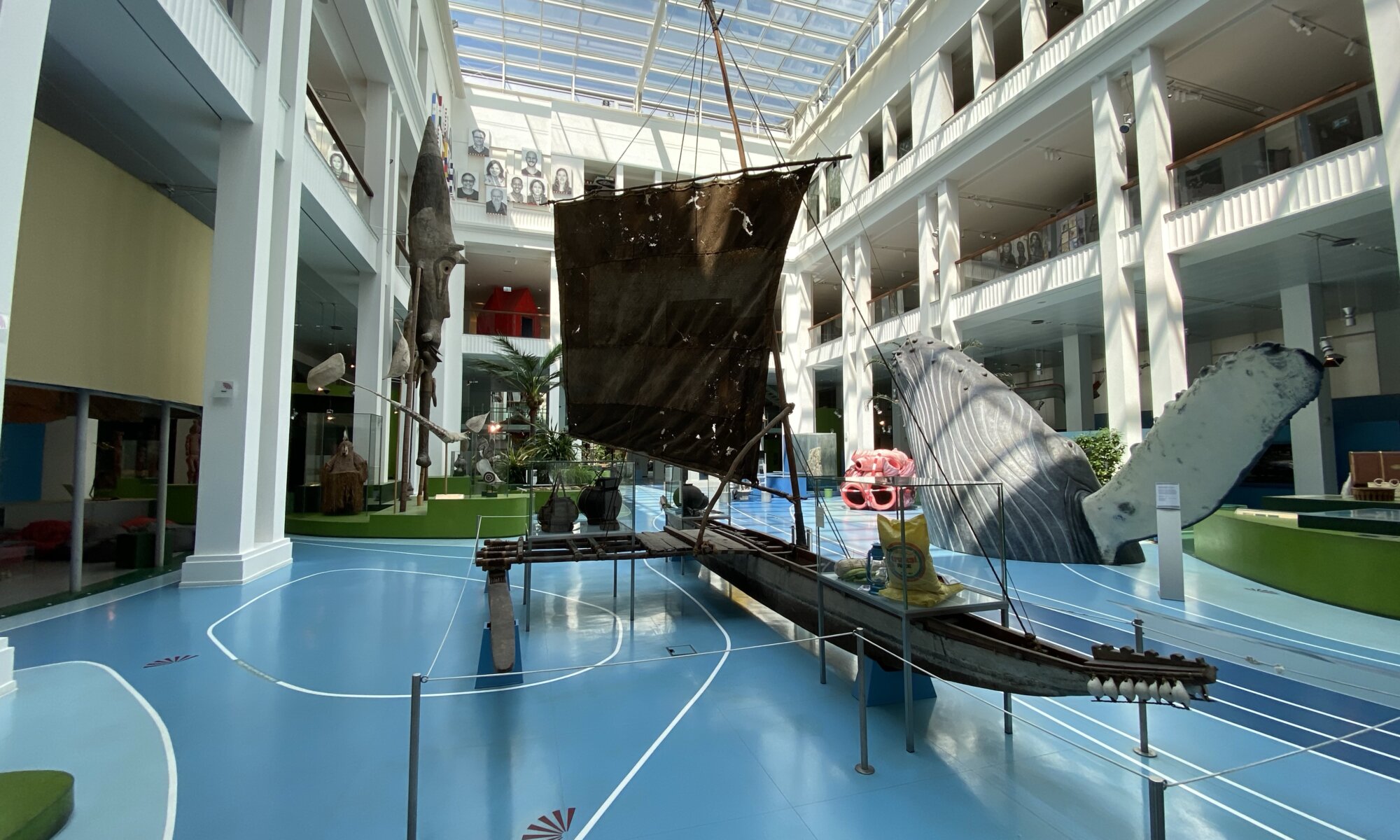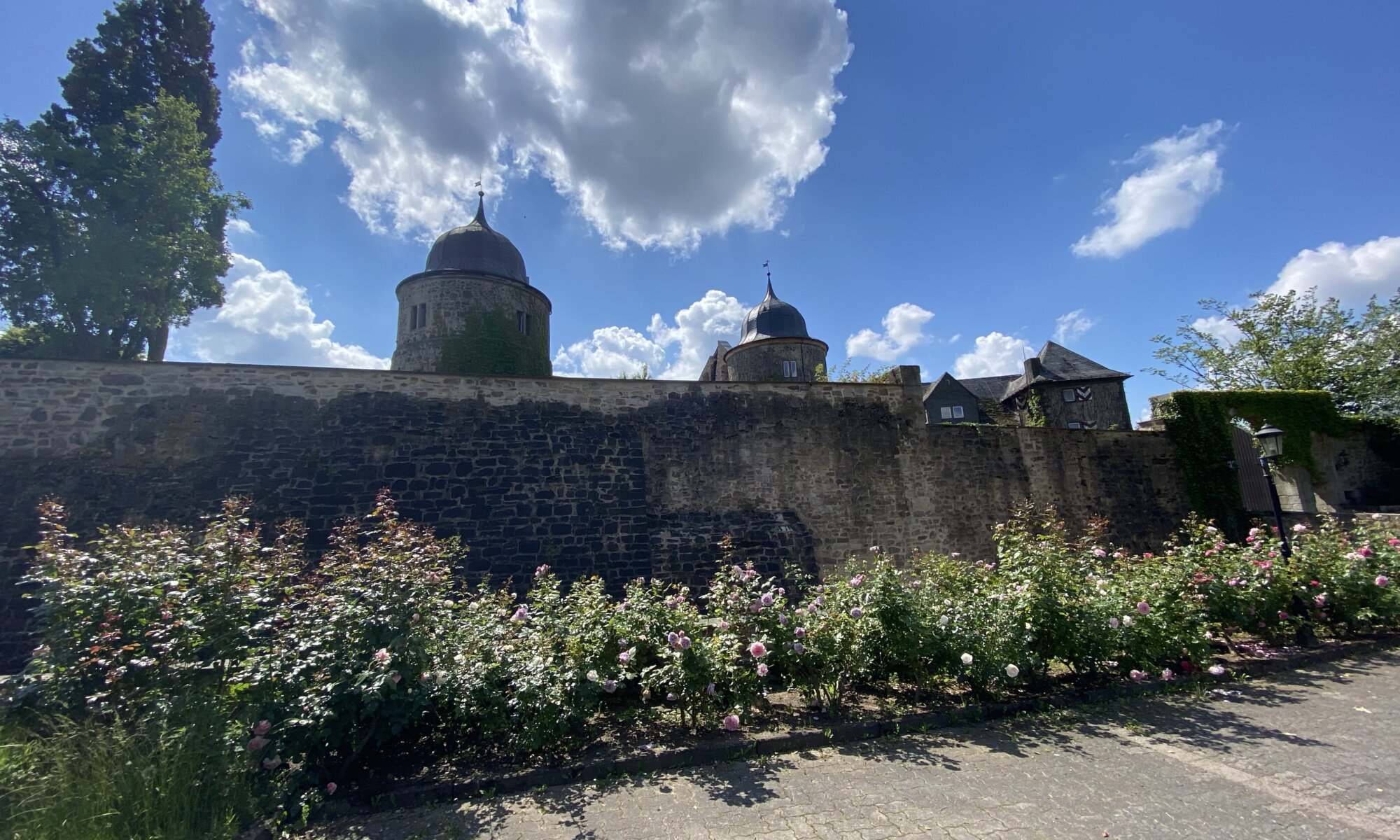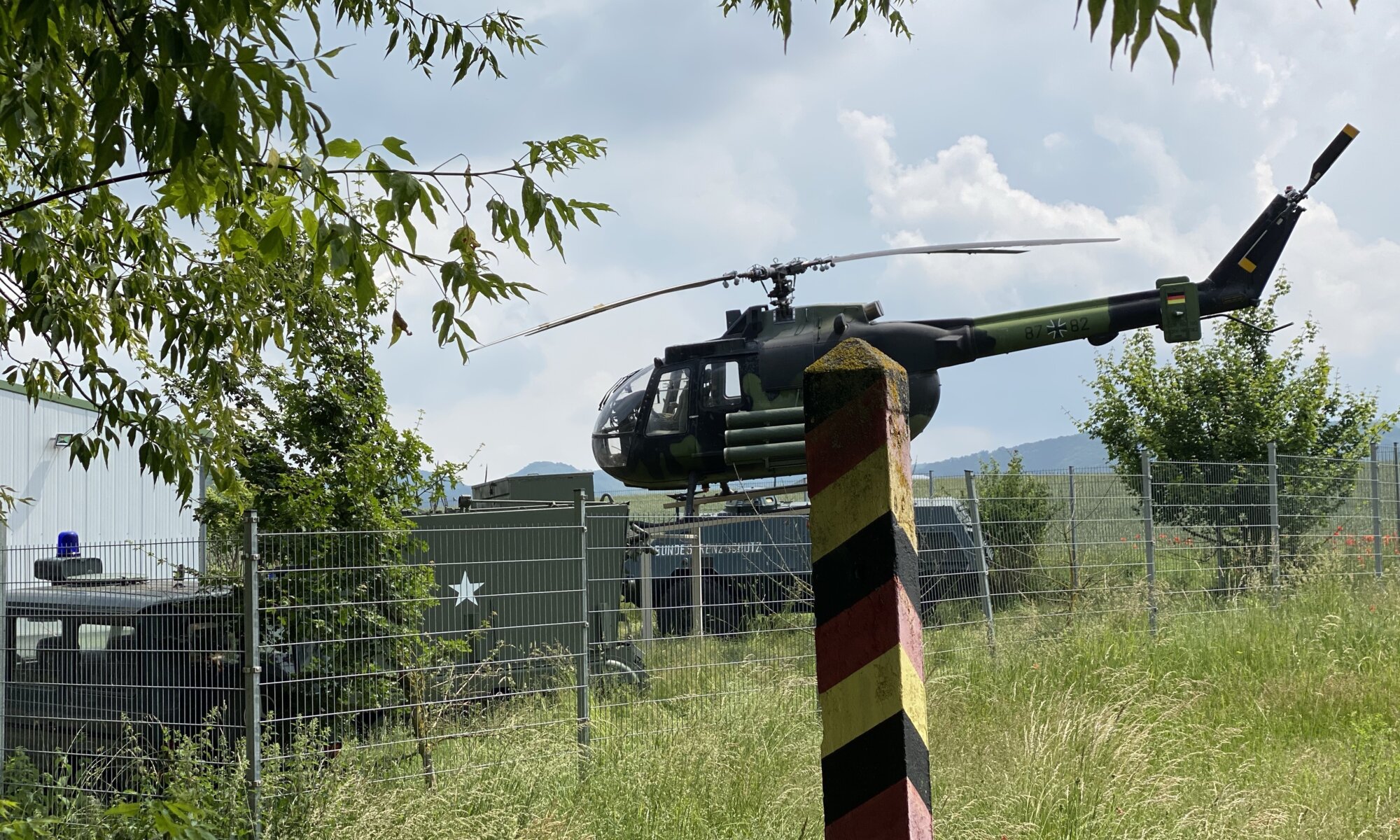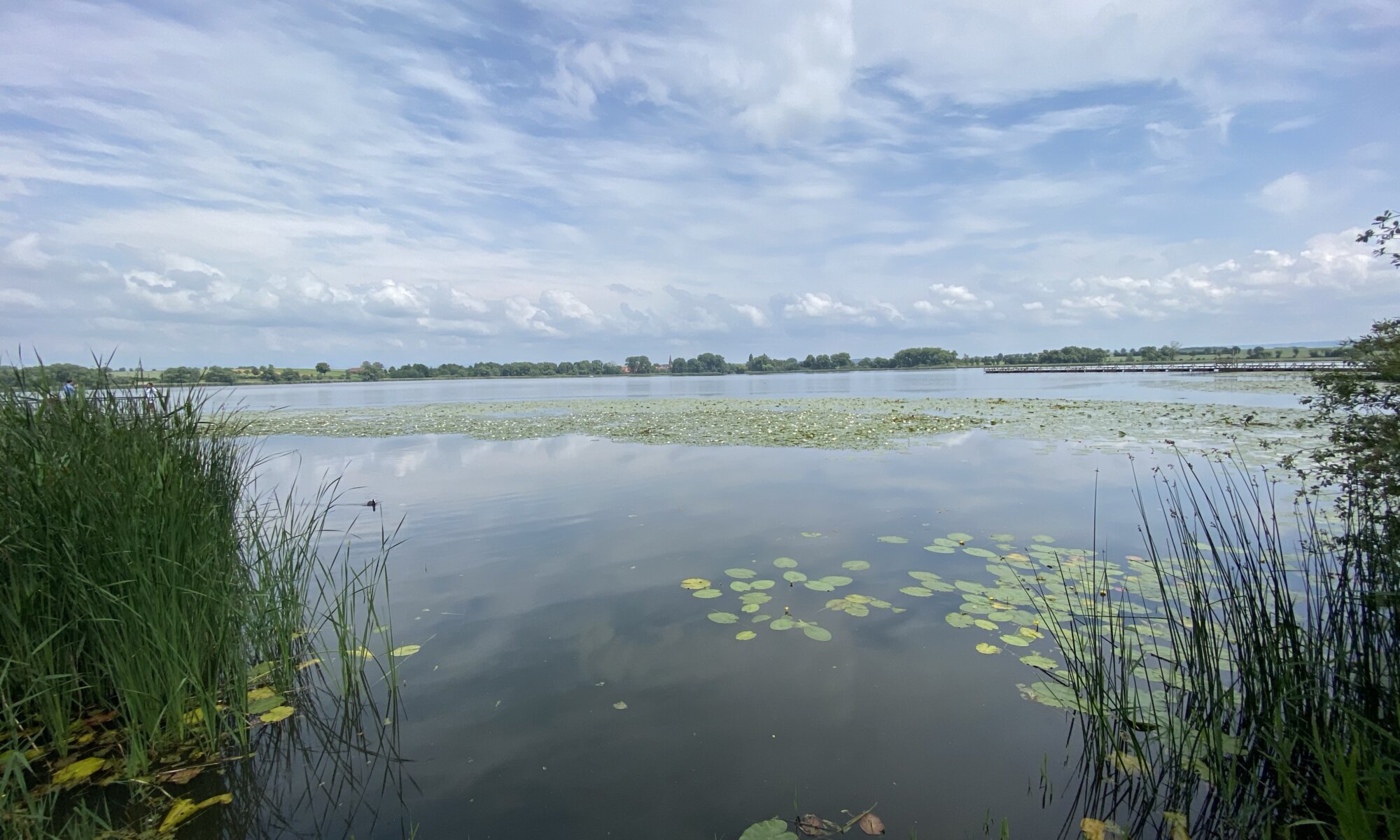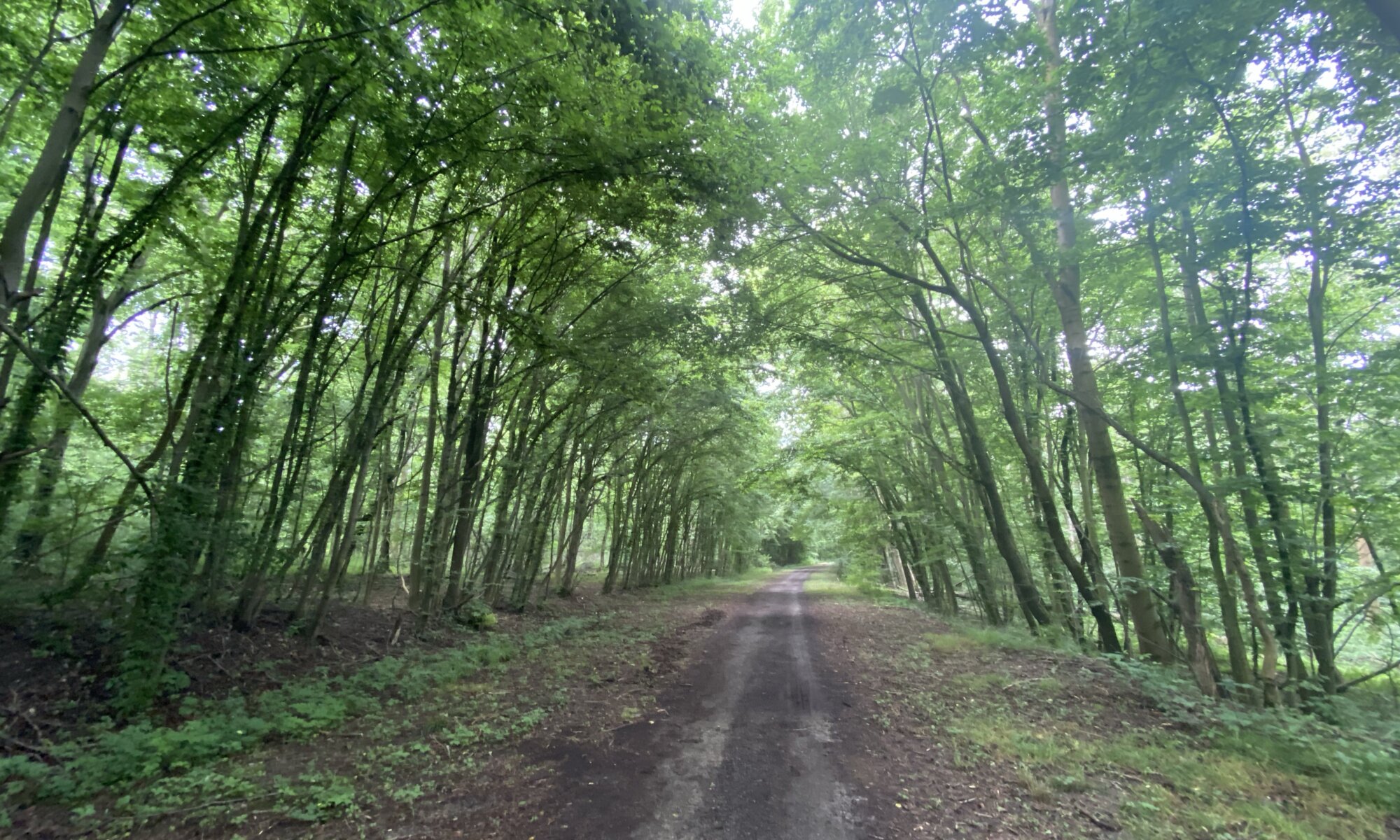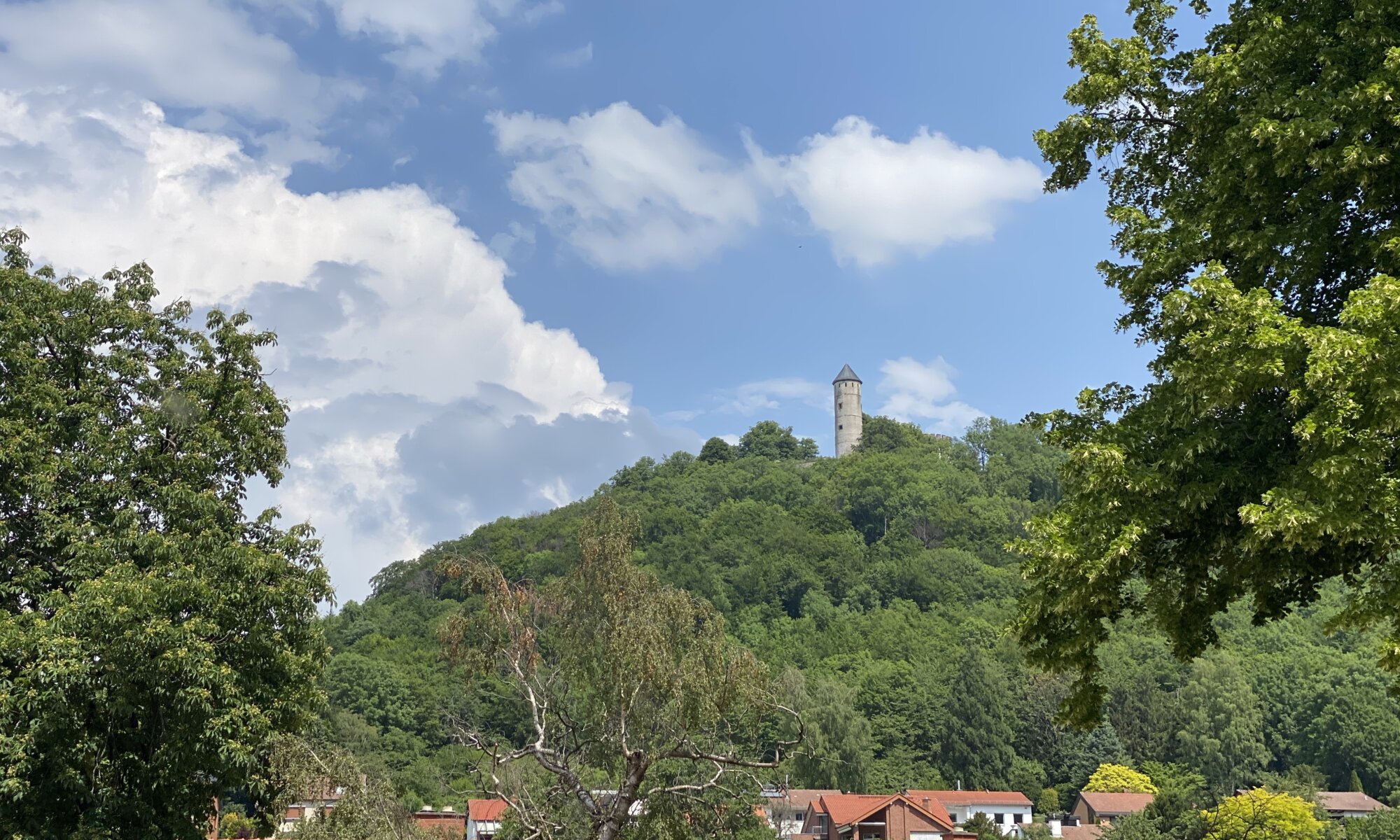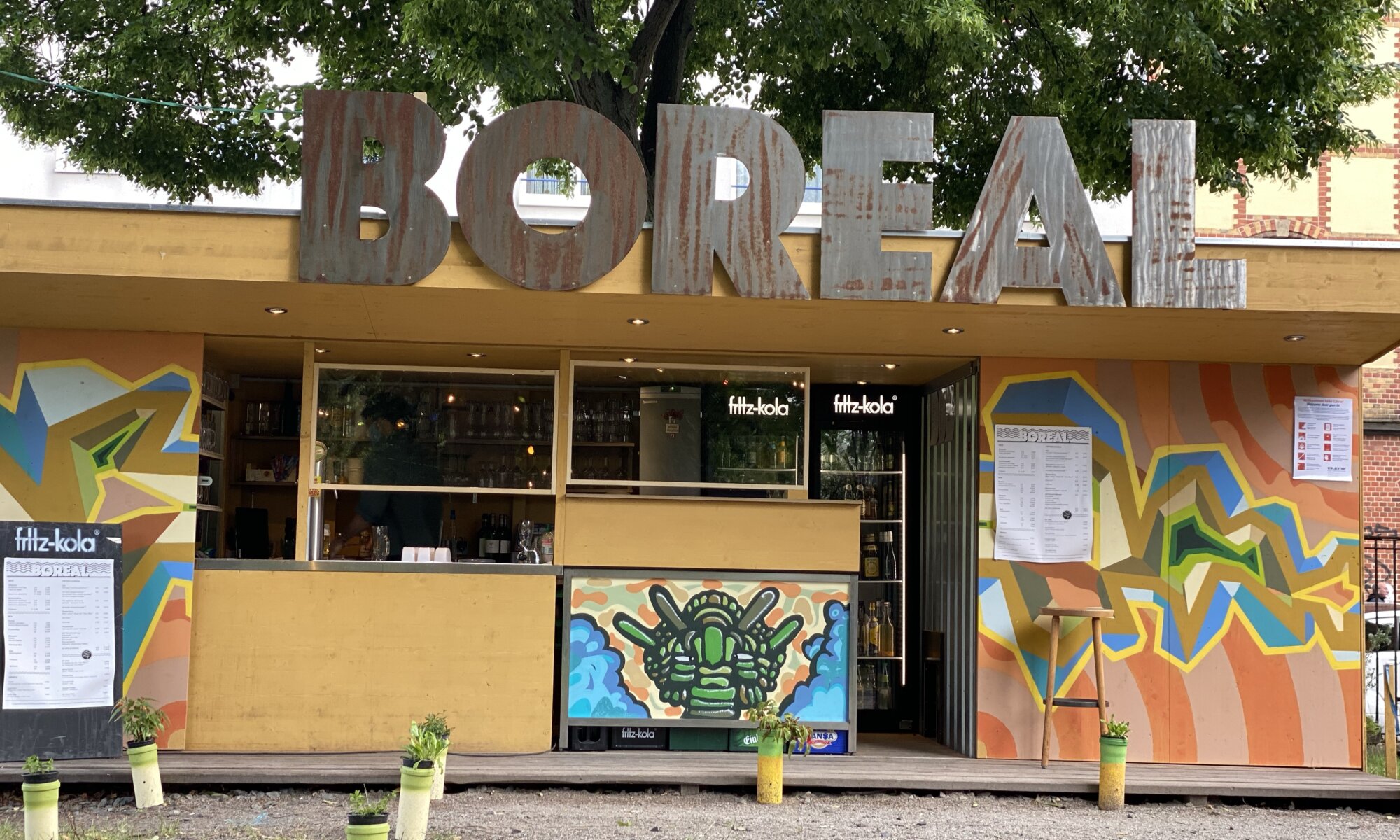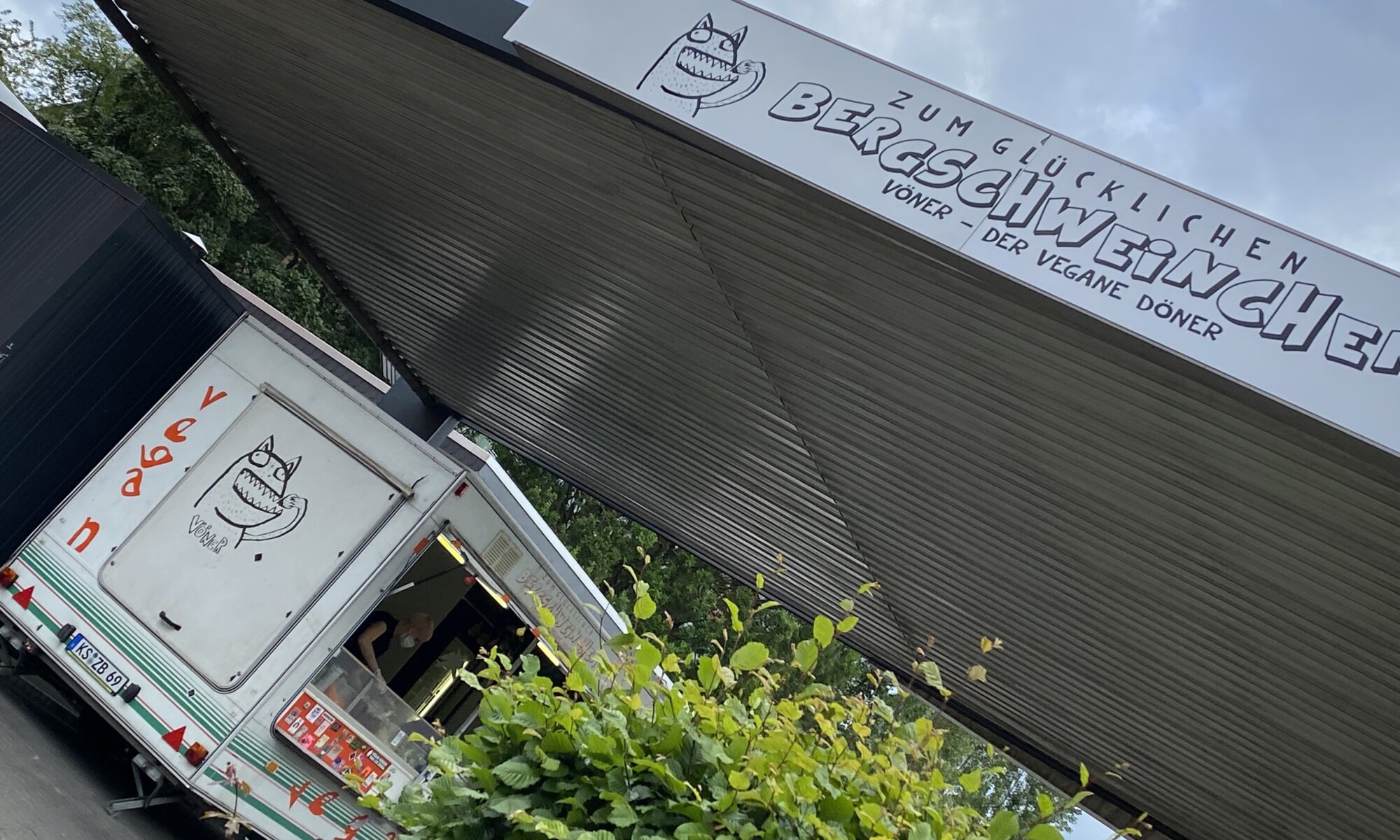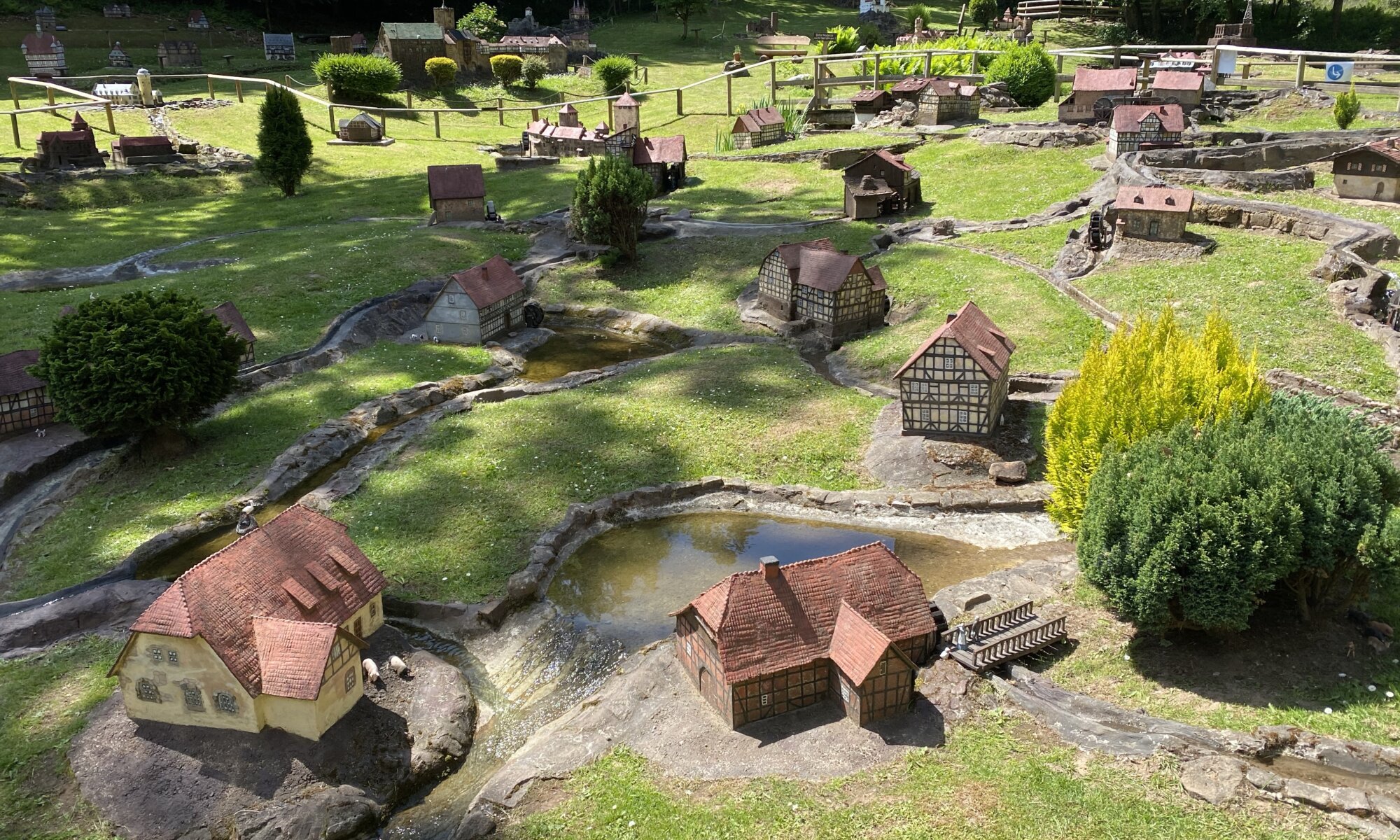It is one of the most relaxed places in Bremen, Germany: the Café Sand located next to the river Weser. Only some meters afar you can relax in the sun at the Weserstrand or walk some meters further on to the Werdersee. The coffee bar offers seats indoor and outdoor, is a self-service bar and the food is simple – but it is a very good place to hang out and enjoy the sunshine. It can be found in the southeast of the city centre on the other side of the river.
Continue reading “Café Sand”Around the world
Bremen, Germany, has a long tradition in seafaring and trading – therefore it is no surprise that you can find the Übersee-Museum (overseas museum) directly next to the main railway station. It dates back to the year 1875 and is an ethnologic, natural history and trading museum covering different territories and cultures overseas in Asia, Africa and the Americas. It uses multimedia technology and also presents daily life (like local nutrition) in the discussed geographical areas.
Continue reading “Around the world”Sababurg
The Sababurg is a wonderful old castle within the Reinhardswald forest and belongs to Hofgeismar, Germany. It dates back to the year 1334 and carried different names over time: first, it was the Zappenburg protecting pilgrims, as the Zapfenburg it was later used for hunting. Today you can find a hotel and a restaurant within the grounds of the castle.
Continue reading “Sababurg”Grenzmuseum Schifflersgrund
When you’re exploring the area around Göttingen, Germany, you will soon find traces of the former inner-German border. South of the city – near Friedland – three occupation zones met: the American (including Kassel), the Russian (including Heiligenstadt) and the British (including Göttingen). When Germany was separated into the FDR and the GDR the border was therefore also close-by: only 18 km south of the city (between Friedland and Kirchgandern).
Continue reading “Grenzmuseum Schifflersgrund”Seeburger See
It is called the Eye of the Eichsfeld (the region it is located in) – the lake Seeburger See named after the city Seeburg next to it. You can use this natural lake for boating and swimming but it is rather flat with a maximum depth of 3.5 meters. Better test upfront how deep it is before you jump into the water. 😉 The Seeburger See is a famous tourist destination and you will find good infrastructure at its shore.
Continue reading “Seeburger See”Dransfelder Rampe
If you look at satellite data of the area west of Göttingen, Germany, you can see some unusual slopes of trees. It is the track of the former railway connecting Göttingen to Kassel (Hannöversche Südbahn). via Dransfeld and Hann. Münden – a route that was suboptimal because of the very high inclination in a section called Dransfelder Rampe (‘Dransfeld ramp’). It was nevertheless built because it was the only route from Göttingen to Hann. Münden without leaving the territory of the Kingdom of Hannover. The new route opened in 1876 switches between the German federal states Lower Saxony (formerly Kingdom of Hannover) and Hesse (formerly Kurfürstentum Hessen) several times.
Continue reading “Dransfelder Rampe”Burg Plesse
A famous hiking destination for people living at Göttingen, Germany, is the Burg Plesse – it is a castle ruin high above the village Eddigehausen belonging to Bovenden. It was first mentioned in the year 1015 and offers fantastic views on the valley of the river Leine. You can visit the castle free of charge and there are two towers; you can climb onto one of them to have even better views. On the castle grounds, there is also a restaurant, the Burgschänke.
Continue reading “Burg Plesse”Boreal
If you like the bustling and colourful Nordstadt of Kassel, Germany (including its special and sometimes a bit freaky inhabitants) then the Boreal beer garden might be a good choice if you want to spend some time outside. It belongs to the Kulturzentrum Schlachthof and is located between this cultural institution and the Nordstadtpark.
Continue reading “Boreal”Glückliches Bergschweinchen
The mountain piglet after which the eatery ‘Zum glücklichen Bergschweinchen‘ in Kassel, Germany, is named is happy – as only vegan food is served there. Most important dish is vegan kebap; normal kebap is named Döner in Germany (after the Turkish word for ‘rotating’) and therefore the vegan variation is called Vöner. But they also serve delicious burgers (called ‘Börger‘) and homemade fries.
Continue reading “Glückliches Bergschweinchen”Mühlenplatz
If you want to feel like a giant you need to get to Gieselwerder belonging to Wesertal, Germany. Close to the village, you will find the place where once a mill was standing and the small stream Lumbach running down the hill. Today it is an outdoor exhibition with hand-made miniature buildings named ‘Der Mühlenplatz‘ which started as a hobby in 1969. In the centre of the 3,000 m2 large area, there are several small mills which are powered with water taking from the Lumbach. Surrounding it you can see copies of castles, town halls and churches of the region – and some well-known from further away.
Continue reading “Mühlenplatz”